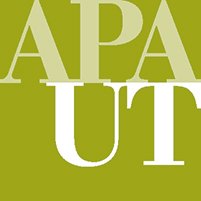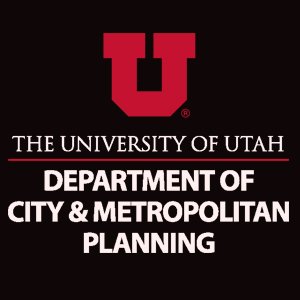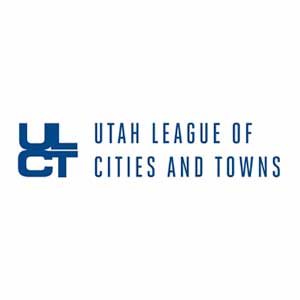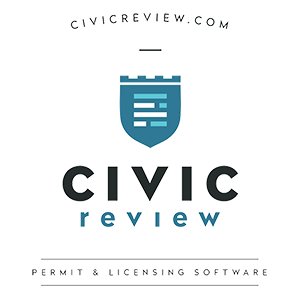An Answer to the Suburban Growth Dilemma
February 6, 2020 by admin
Housing, Land Use, Transportation, Urban Planning
We all know the politics of planning are really tough, especially as we experience rapid growth. The most motivated voters in a city are those that are fighting to minimize change. These voters tend to be the most wealthy and the most likely to turn out anyway. If a council accepts density that is in any way unusual it makes them a target in the next election. NIMBYs are often the source of tomorrow’s new council members. We should always note these motivated NIMBYs care immensely about their community and are seeking to make their community a great place to live. Their concern is valuable to a city.
But saying no to any “unusual density” does NOT minimize negative impacts within that community. In fact it typically magnifies negative impacts. We must consider the pattern of local responses as they add up to regional impacts. If every community in a growing region says no to compact forms of growth that doesn’t mean that the unmet market demand for development magically disappears. Rather it means development is displaced to locations further from job centers, in locations that require more taxpayer funded new infrastructure, and in levels of density that are lower density and thus don’t support investment in public transportation. There is more development in rural areas and the Wasatch Back — the footprint of the Wasatch Front is bigger. In other words the net effect of “no to unusual density in my community” is that impacts on air quality, tax resources, and traffic are felt regionally even more (and thus within most every community).
How does a city balance sensitivity to NIMBYs with strategies that keep the overall region livable? This is the story of centered development: allowing the land use market to provide a range of housing choices in the most strategic locations. A community should look at the poorly utilized retail areas in their city, places near freeway interchanges, transit stations and along suburban arterials and ask the question ”how could we change these locations, with “unusual density,” so they become great gathering places in my community. Can new development in these places transform them while also feeling neighborly and complementary to surrounding lower density development?

Look at the attached graphic. Although simplistic, we have generally two choices given that we are the fastest growing state (over the last 10 years). 1) fill in strategically as the graphic shows. 2) add more new blocks of development.
We don’t need density everywhere to avoid the regional pitfalls of bad air quality, high infrastructure costs and significant traffic. We can tame these challenges with strategically located centers. This is what the Wasatch Choice vision demonstrates: when local stakeholders think about their entire city over the long-term, they tend to say “lets allow the creation of great gathering places in strategic locations.” As they explore that bigger scale and longer timeframe of change it helps them see the regional benefits as well.
The regional story as it balances the local NIMBY dynamic is the story of Wasatch Choice 2050 (Brigham City to Santaquin, 9 counties). Wasatch Choice is a grassroots-driven, vision that provides a framework for community and regional change: community development, infrastructure, and open space preservation. It is the sum of cities thinking together. It can be a foundation for talking to new city councilors about the algebra of regional growth impacts. The vision can be explored here: https://wfrc.org/vision-plans/wasatch-choice-2050/
Recent News
- » Experts say lack of condo-building comes down to risk, returns
- » 2024 APA UT Spring Conference: Cedar City, UT. The Call For Sessions is Currently Open.
- » APA UT- Call for Nominations
- » Planning In The News- Opinion: As a commuter who can’t afford to live in Salt Lake City, I still deserve to be heard
- » Hurry, it’s the final week to grab your conference tickets at regular prices!
- » Planning in the news: BYU students aim to eliminate parking woes through AI tracking system

































